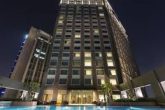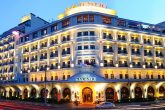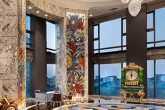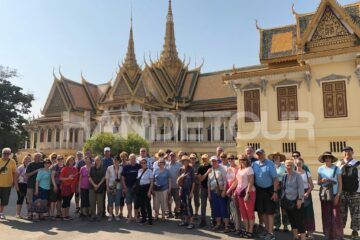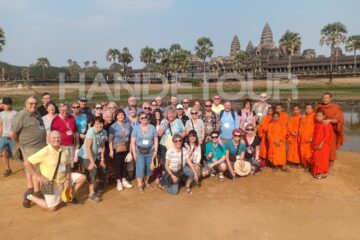Hotline: +84 913223338 - [email protected]
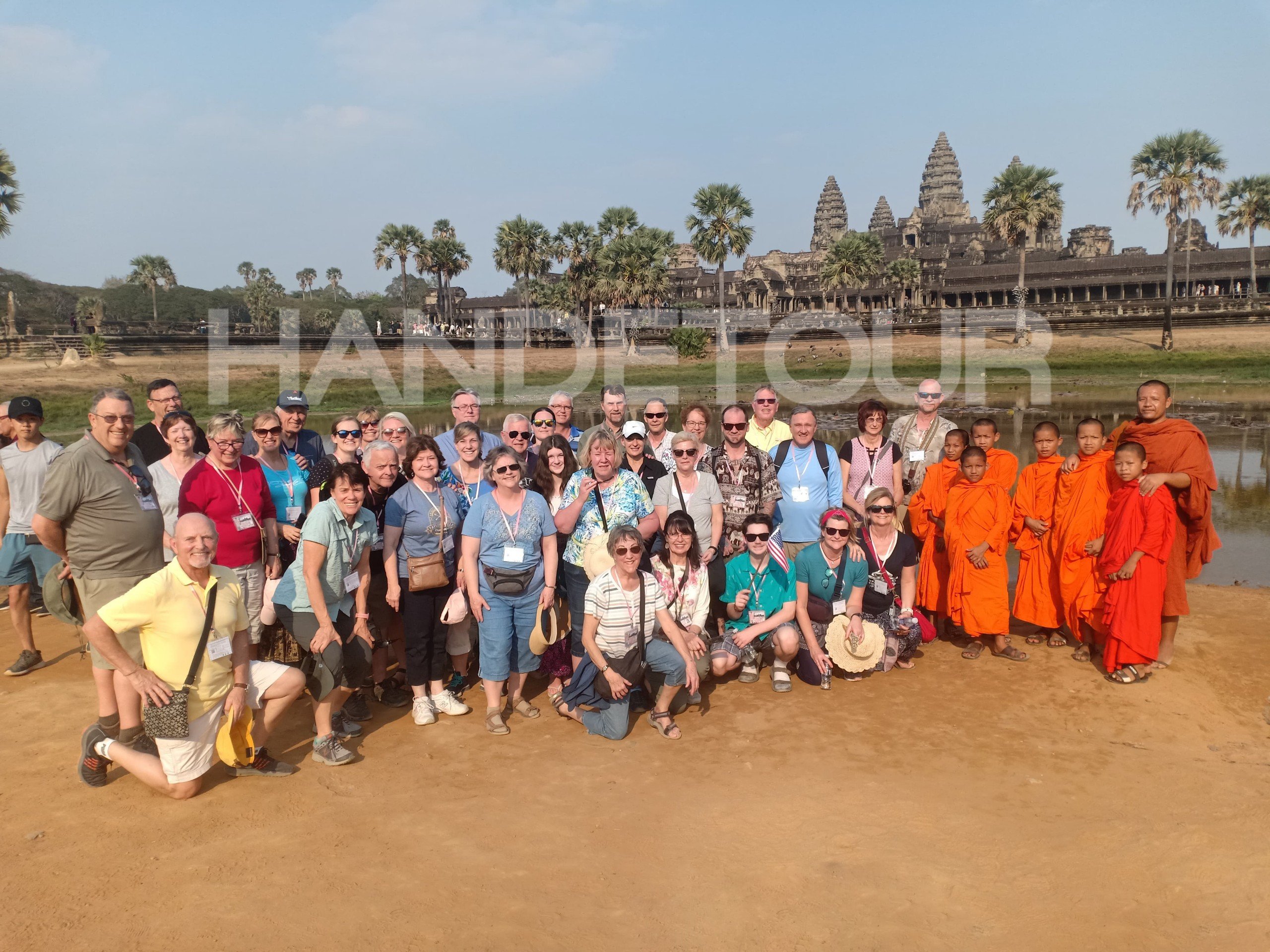
CAMBODIA DISCOVERY
- 4days/ 3nights
- Siem Reap - Angkor - Phnom Penh
-
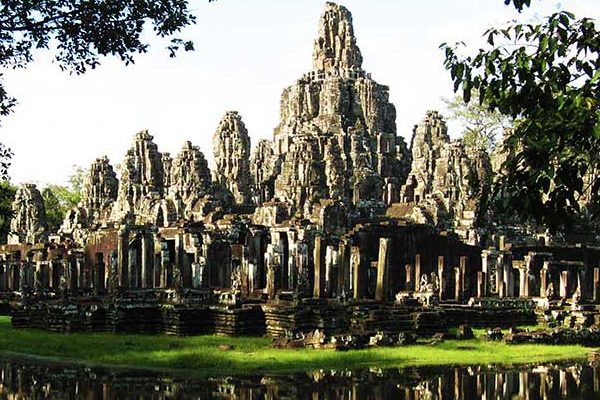 Day 1: Siem Reap Arrival (L/D)
Day 1: Siem Reap Arrival (L/D)Meals: Lunch and Dinner at local restaurant
Accommodations: at hotel
Transfer: Private vehicle
Activities for today: Welcome to Siem Reap gateway to Angkor. After we check in at our hotel we’ll have lunch – our first taste of Khmer cuisine. This afternoon we’ll begin our exploration of the Cambodia’s world famous antiquities – monumental Angkor Wat, the expansive fortified temple-city dating back to the 9th century. Tonight you’ll sleep in Siem Reap.
-------------------------------------------------
+ Angkor Wat: Angkor Wat is the largest and most breathtaking monument at Angkor. Built as the funerary temple for Suryavarman II, who ruled from 1112 to 1152, Angkor never fails to reward the Cambodia tour fans with its grand scale, surreal bas reliefs and unbelievable attention to detail.
-
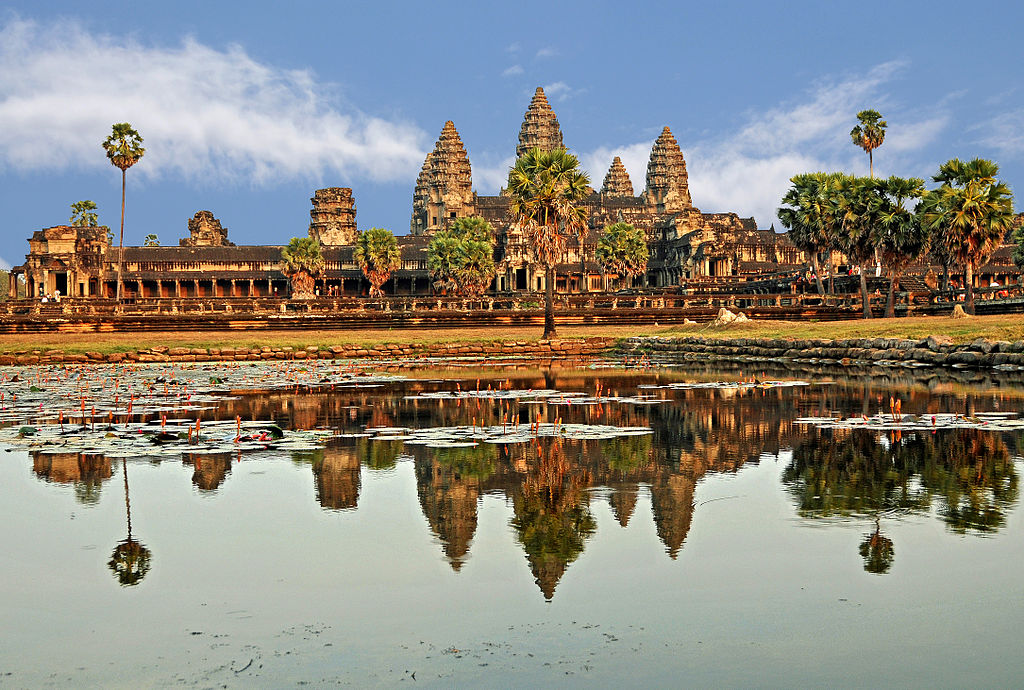 Day 2: Siem Reap - Angkor Watt tour (B/L/D)
Day 2: Siem Reap - Angkor Watt tour (B/L/D)Meals: Breakfast at hotel, Lunch and Dinner at local restaurant
Accommodations: at hotel
Transfer: Private vehicle
Activities for today: Breakfast at hotel, transfer to continue our exploration of Angkor - visit the famous South Gate of Angkor Thom, Bayon temple, Baphoun, Terrace of Elephants, Terrace of Leper King and Phimean Akas temple. After lunch other Angkor Ruins such as Chao Say Tevoda, Takeo and Ta prhom temple. Relaxing evening spent at a Dinner and Khmer Traditional Dance (Apsara) Show. Overnight in Siem Reap.
-------------------------------------------------
+ South Gate of Angkor Thom: The south gate of Angkor Thom is 7.2 km north of Siem Reap, and 1.7 km north of the entrance to Angkor Wat. The walls, 8 m high and flanked by a moat, are each 3 km long, enclosing an area of 9 km2. You can see the giant statues in line at the both sides of the gate, gods in a line and the other are devils.
+ Bayon Temple: It is a well-known and richly decorated Khmer temple at Angkor in Cambodia. The Bayon's most distinctive feature is the multitude of serene and massive stone faces on the many towers which jut out from the upper terrace and cluster around its central peak. The temple is known also for two impressive sets of bas-reliefs, which present an unusual combination of mythological, historical, and mundane scenes.
+ Elephants Terrace: Elephants Terrace was used by Angkor's king Jayavarman VII as a platform from which to view his victorious returning army. It was attached to the palace of Phimeanakas, which only a few ruins remain.
+ Ta Keo Temple: It is a temple-mountain, possibly the first to be built entirely of sandstone by Khmers. Like Pre Rup, it has five sanctuary towers arranged in a quincunx, built on the uppermost level of five-tier pyramid consisting of overlapping terraces (a step pyramid ), surrounded by moat, as a symbolic depiction of Mount Meru. Its particularly massive appearance is due to the absence of external decorations, as carving had just begun when the works stopped, besides an elaborate use of perspective effects. It is considered an example of the so-called Khleang style.
+ Ta Prohm Temple: The photogenic and atmospheric combination of trees growing out of the ruins and the jungle surroundings have made it one of Angkor's most popular temples with visitors. It is famous because of the film "Tomb Raider" also.
+ Apsara dance show - the traditional dance of Khmer people arrived in Cambodia about 2000 years ago (century 1) along with Hinduism. Both were developing rapidly in Angkor era. Apsara quickly became indispensible in every special occasion and event to honor Hinduism Gods. It’s estimated there were about 3000 Apsara dancers during Jayavarman Empire. This was an incredible number in comparison with the country’s population at that time. Nowadays, Apsara dance performances are shorter, opener and more comfortable than the classic ones but they still keep their perfect movements and the sensitive soul of the classic dances. Apsara dancers who are charming and full are symbols of Khmer spirit. As a famous dance of elegance, nobility and softness, every movement displays a balance in soul, no frustration or rush. In performances, Apsara dancers wear tight shirts in bright colors, traditional sampot skirts, and hat in temple-shape which is golden and decorated very sophisticatedly. To be Apsara dancers, women must have fit body, not too skinny or too fat. Especially, their hands and fingers should be small, long and tapering, lung should be straight, and waist should be small.
-
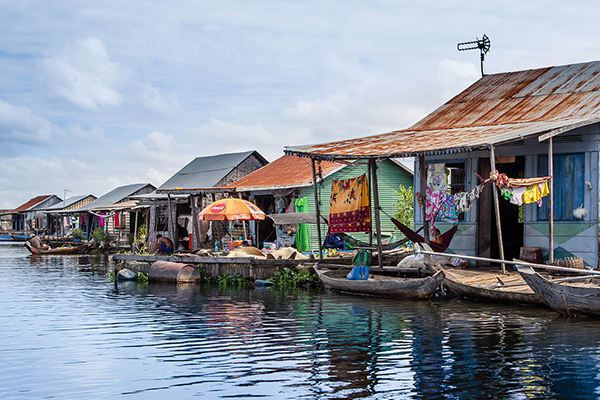 Day 3: Siem Reap - Phnom Penh (B/L/D) by flight
Day 3: Siem Reap - Phnom Penh (B/L/D) by flightMeals: Breakfast at hotel, Lunch and Dinner at local restaurant
Accommodations: at hotel
Transfer: Private vehicle & Cambodia airline
Activities for today: A cruise on the Tonlé Sap Lake, visit a floating village and experience the lifestyle of the fisher folk. Then we visit Chantier Ecole-Artisant d’Angkor – a tour of the classes and workshops offers a glimpse of Cambodian artistry. After lunch we fly to Phnom Penh, capital of Cambodia. Overnight Phnom Penh.
------------------------------------------------
+ Tonle Sap Lake: It is the largest freshwater lake in South East Asia and is an ecological hot spot that was designated as a UNESCO biosphere in 1997. You can see the real life of fishmen in this area, floating school, floating houses, local kids play with big snake...etc, the temples in Siem Reap tell the history and the lake area tell the nature.
+ Chantier Ecole-Artisant d’Angkor: is a Cambodian social business enterprise that was set up in 1992 to revive traditional Khmer craftsmanship and to provide education and well-being to young Cambodians from impoverished backgrounds.
The students at Artisans Angkor not only learn traditional wood and stone-carving techniques but also how to produce traditional silk paintings and lacquer ware. The products made by these talented young Cambodians are sold at a shop which is situated in the same building as the school. From silk fabrics and garments, stone and wood carving as well as lacquer ware, these products are the perfect souvenirs from a visit to Cambodia.
The profits that the shop make are being used to fund the project and to bring more young Cambodians into the training program. Free guided tours explaining traditional techniques are available daily.
+ Cambodia Angkor Air is the national flag carrier airline of Cambodia, with its corporate headquarters and main hub in Phnom Penh.
-
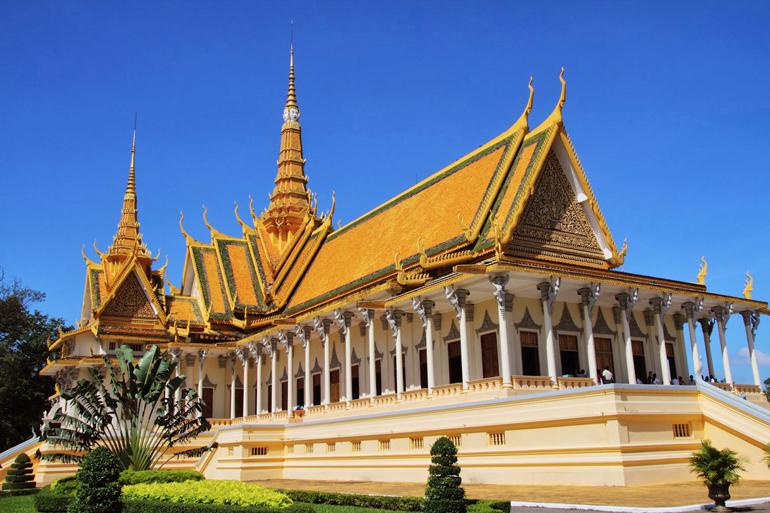 Day 4: Phnom Penh - Departure (B/L)
Day 4: Phnom Penh - Departure (B/L)Meals: Breakfast at hotel, Lunch at local restaurant
Accommodations: at hotel
Transfer: Private vehicle
Activities for today: After breakfast we go on a city tour which includes visits to the impressive golden Royal Palace, Silver Pagoda - Preahkeo Morokot and the National Museum situated in the stunning old art school in the old Cambodian style. Our tour ends at the famous Russian Market for a last chance to buy Khmer products and souvenirs. Transfer to airport take flight to next destination. End trip.
------------------------------------------------
+ The Royal Palace is a complex of buildings which serves as the royal residence of the king of Cambodia. The Kings of Cambodia have occupied it since it was built in the 1860s, with a period of absence when the country came into turmoil during and after the reign of the Khmer Rouge.
+ Wat Preah Keo Morakot (Silver Pagoda) is located in the southern portion of the Royal Palace complex. The pagoda was formerly known as Wat Uborsoth Rotannaram because it is where the King worshiped, prayed and practiced every Buddhist Silas Day. In the additional, the royal family and officials also held Buddhist ceremonies there.This pagoda has no monks.
+ The National Museum of Cambodia in Phnom Penh is Cambodia's largest museum of cultural history and is the country's leading historical and archaeological museum.
+ Russian Market aka Psah Toul Tom Poung is a bustling bazaar that offers travellers spectacular glimpses of local Cambodians’ livelihoods, comprehensive variety of value-for-money souvenirs and endless photographic opportunities.
The Russian Market was extremely popular amongst the Russian expatriates in the 1980s, hence gaining its apt name. From processed fishes, motorcycle spare parts, knock-off merchandise to even nail parlours, you can find virtually every item and service available here.
Rates vary frequently depending on group size, travel time, accommodation level, transportation and special touring requirements! Please contact us at [email protected] to get the best possible price.
- Ground transportation in air-conditioned vehicle
- Meals: Breakfast at hotel +4Lunches+2Dinners, 1Dinner with Apsara dance show
- Service of English Speaking Guide
- Tour with entrance fees as specified
- Government tax and service charge
- Flight ticket Siem Reap – Phnom Penh
- Airport tax
- Mineral water during excursion 3bottles/Pax/Day
- All services mentioned in the program
- Bat trip on Tonle Sap by private boat-Chong Kneas floating village
- Accommodation at hotel as mentioned or similar ones (check-in time: 14.00 hrs & check-out time: 12.00hrs).
- Visa fee to Cambodia (USD 30.- per pax with 2Photos 4 x 6)
- Personal expenses and beverage
- Travel insurance
- Items of a personal nature
- Meals and services not mentioned below.
- Early check-in and late check-out subject to be available with surcharge.
-
Day 1: Siem Reap Arrival (L/D)
-
Day 2: Siem Reap - Angkor Watt tour (B/L/D)
-
Day 3: Siem Reap - Phnom Penh (B/L/D) by flight
-
Day 4: Phnom Penh - Departure (B/L)
1. We are a real local tour operator and we understand our country more than others.
2. We are a legal company authorized by Vietnam Administration Of Tourism # 01-380
3. We are an official member of PATA # 6989, VITA # 2436, ASTA # 900169082, VCCI # 6178
4. We design your own itinerary without any charges, no matter how many changes.
5. We reply your request within 01 working day to save your valued time.
6. We provide qualified staff, experienced tour guide, well-maintained vehicles, good restaurants, best hotels
7. We only focus on high quality and luxury travel services to ensure our standard.
8. Listen to our customers' saying about us to see how they are satisfied with our services.






